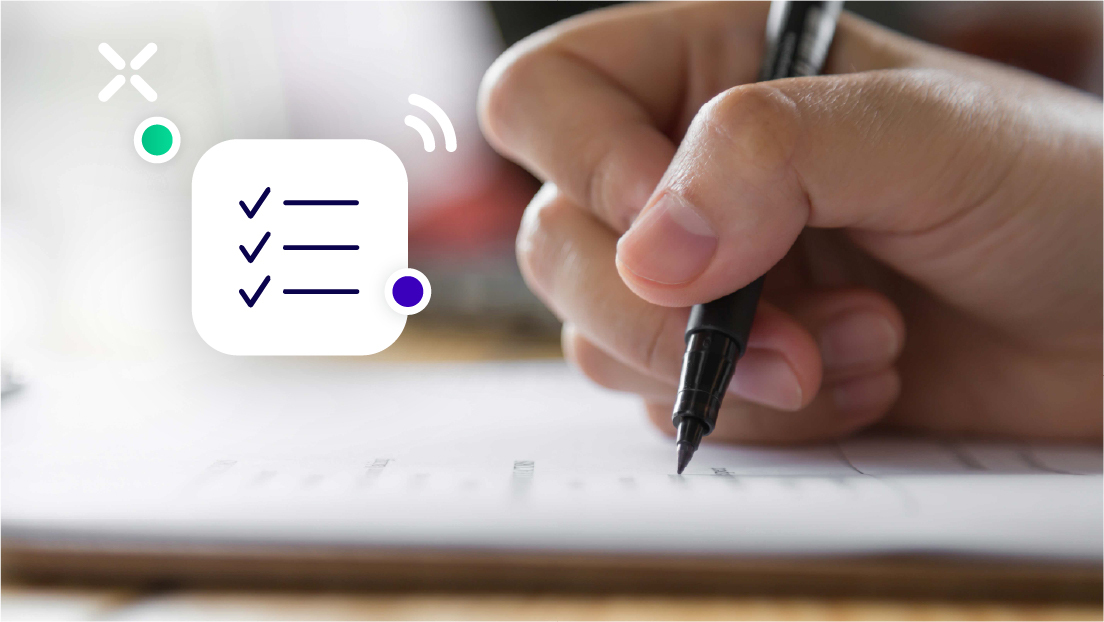Invoicing is a necessary but often disliked part of doing business. Unfortunately, not all clients pay their invoices on time; some never pay. In these instances, securing payment depends on sending a collection letter to the client. Before you start drafting your collection letter for past due invoices, it’s important to understand what they are, when to send them, and the best practices.
What Is an Invoice Collection Letter?
Businesses send invoice collection letters to remind customers of their past-due invoices and the need for prompt payment. This type of overdue invoice collection letter is also called a “dunning” notice. It should include the amount of money owed, when payment is due, and what will happen if customers don’t pay. Good collection letters also have information about late fees and interest charges.
When To Send a Collection Letter
You should send a payment collection letter when a client fails to settle an invoice on time. The sooner you act, the more likely you are to get paid. If you wait too long, the customer might forget about the invoice or think you don’t need the money quickly. This mindset could cause a customer to prioritize repaying other debts before yours.
5 Tips For Writing an Effective Invoice Collection Letter
When creating payment collection letters, consider their role in the invoice collection process. The goal is to collect money, but you also want to maintain a good relationship with the customer. With these crucial elements in mind, here are five tips for writing an effective collection letter:
- Know the law. If your customers are individuals and not other businesses, consumer laws protect them. Get familiar with the regulations before writing or sending any communications.
- Escalate appropriately. With each new collection letter, the urgency should increase. Increased sternness shows the customer you’re serious about collecting payment.
- Keep it professional. This is not the time to be angry or emotional. Stick to the facts. Avoid language that a customer could interpret as threatening.
- Be clear about what you want. Based on your communication, the customers should know exactly how much they owe and when payments are due. They should also understand the consequences of failing to pay.
- Offer a payment plan. Following several reminders, if the customer is still having trouble paying the total amount, offer a payment plan. This plan could recover the payment and also maintain the relationship.
How Invoice Collections Automation Can Help
It can be challenging to track invoices and payments with so many moving parts. Automated invoice collection software can resolve this by:
- Drafting collection letters
- Generating real-time aging reports
- Keeping track of payments
- Sending automatic reminders
You can focus on running your business while your software handles the collections process for you. Your accounts receivables team can then focus on more challenging aspects of the job, such as creating better credit policies.
Why Choose Gaviti for Automating the Payment Collection Process?
At Gaviti, we focus on making it easier for business owners to get paid faster. By streamlining the invoice collections process, we help businesses scale AR operations and maintain agility. On average, companies using our software see a 30% improvement in DSO and require fewer debt write-offs.
Are you ready to secure these benefits and more for your business? Speak to a Specialist.






















